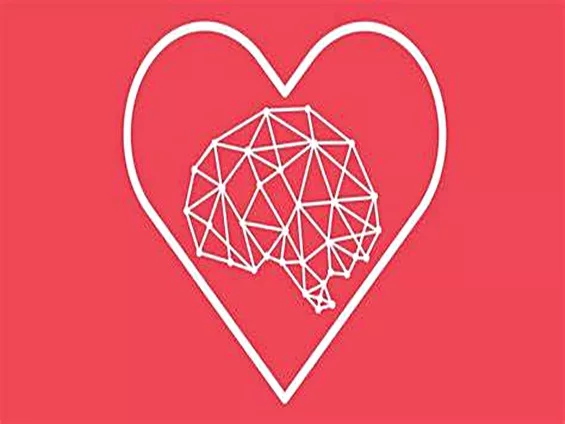Neurobiology of Love explores the intricate workings of the human brain in the context of romantic love and attachment. It delves into how neurochemicals, particularly oxytocin and dopamine, play a pivotal role in shaping and sustaining romantic relationships.
Oxytocin: Often referred to as the “love hormone” or “bonding hormone,” oxytocin is a neurotransmitter and a hormone produced by the hypothalamus and released by the pituitary gland. It has several key functions in the context of love and attachment:
Attachment and Bonding: Oxytocin promotes emotional bonding and attachment between individuals. For example, during childbirth, oxytocin surges in both mothers and fathers, facilitating the emotional connection between them and their newborn child.
Social Bonding: Oxytocin is released during social interactions, such as hugging, kissing, or cuddling. These behaviors promote emotional closeness and strengthen social bonds.
Trust and Empathy: Oxytocin is associated with increased trust and empathy. In romantic relationships, higher oxytocin levels are linked to greater feelings of trust and emotional intimacy.
Dopamine: Dopamine is a neurotransmitter that plays a significant role in the brain’s reward system. It is often associated with pleasure, reward, and motivation. In the context of romantic love:
Reward and Pleasure: Dopamine is released in response to rewarding stimuli. When you see or think about your romantic partner, dopamine is released, creating feelings of pleasure and excitement. This is often referred to as the “feel-good” aspect of love.
Motivation: Dopamine drives individuals to seek rewards, including the presence and affection of their romantic partner. It can be responsible for the desire to spend time with and impress the person you love.
Addiction-Like Qualities: Romantic love has been likened to addiction because of the role dopamine plays. Individuals can experience withdrawal symptoms and cravings when separated from their loved one, similar to addiction.
Examples:
The “Butterflies” in Your Stomach: When you’re in the early stages of a romantic relationship and feel that fluttery sensation in your stomach when you think about or see your partner, that’s often attributed to the release of dopamine. It’s the brain’s way of rewarding you for being with someone you find attractive and rewarding.
Attachment and Oxytocin: When a mother breastfeeds her newborn, the release of oxytocin facilitates bonding and attachment between the mother and the baby. The same hormone comes into play when two partners cuddle or engage in physical touch, strengthening their emotional connection.
Long-Distance Relationships: Dopamine and oxytocin can also explain the challenges faced in long-distance relationships. The lack of physical proximity may lead to a decrease in the release of these neurochemicals, contributing to feelings of longing and sadness.
Trust and Oxytocin: In a long-term committed relationship, a partner’s trust can be reinforced by the release of oxytocin during moments of physical intimacy or emotional closeness. This trust forms a crucial foundation for a healthy and enduring relationship.
In summary, the neurobiology of love demonstrates how our brains are hardwired to foster attachment, intimacy, and feelings of pleasure and reward in romantic relationships. Oxytocin and dopamine are just two of the many neurochemical players in the complex symphony of love.











